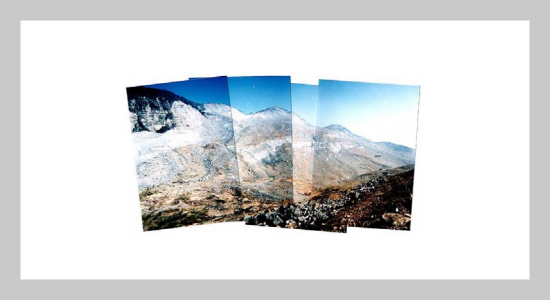Ikuo Towhata This email address is being protected from spambots. You need JavaScript enabled to view it.1 , Hitoshi Yamazaki1 , Mamoru Kanatani2 , Ching-en Lin1 and Takahiro Oyama2 1Geotechnical Engineering University of Tokyo Bunkyo, Tokyo 113-8656, Japan
2Senior research Engineer Central Research Institute of Electric Power Industry 1646 Abiko, Abiko-shi, Chiba, 270-1194, Japan
Received:
July 16, 2001
Accepted:
August 20, 2001
Publication Date:
September 1, 2001
Download Citation:
||https://doi.org/10.6180/jase.2001.4.3.08
This paper describes a part of the geotechnical investigation which was initiated by the Japanese Geotechnical Society on the damages caused by the 1999 Chi-Chi earthquake of Taiwan. The attention herein is particularly focused on the gigantic landslide at Tsao-ling where the authors collected rock specimens and conducted laboratory direct shear tests. A brief seismic stability analysis was carried out then by using the strength parameters obtained by the tests. It was found that a mudstone stratum among other types of rock most likely failed during the earthquake. It is noteworthy that the joints or discontinuities in the rock mass which were generated by past earthquake actions can most reasonably account for the failure event.ABSTRACT
Keywords:
Chi-Chi Earthquake, Direct Shear Test, Rock, Slope Failure, Stability Analysis
REFERENCES
















